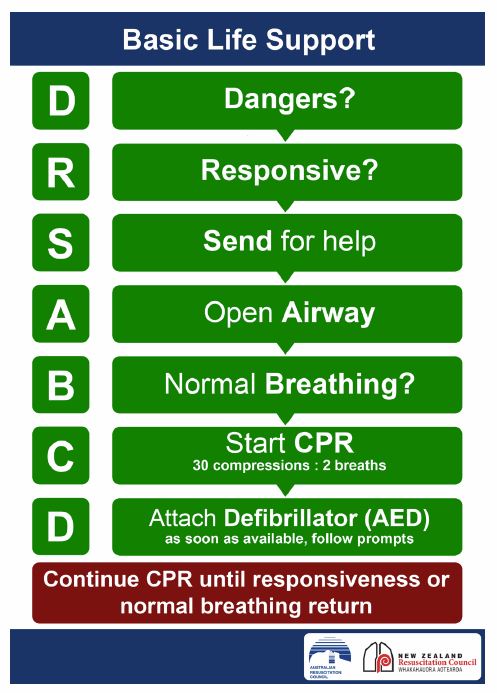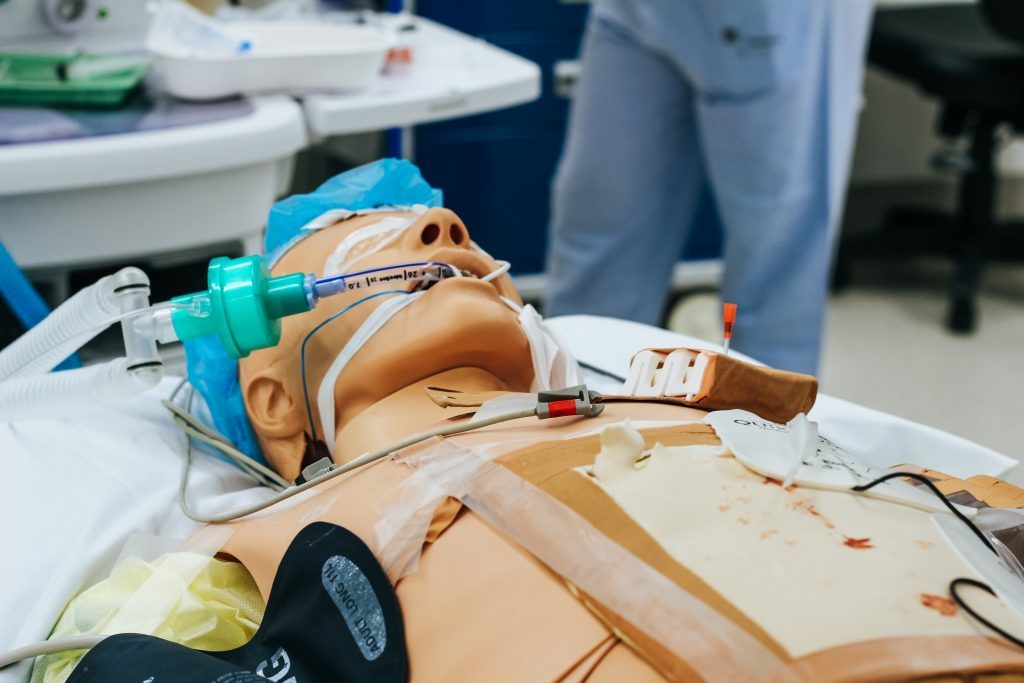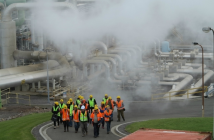No matter where you work, you’re sure to encounter emergencies
These can be earthquakes, fires, chemical spills, weather, or any number of other natural and man-made disasters. Workplace preparedness is key in these situations, and can mean the difference between life and death.
Appropriate alarm signals should be equipped in the workplace by employers, to reduce or avoid work-related accidents and injuries that can occur during an emergency. This can be a public address system, which functions more efficiently than the legally required evacuation signs. Using a public address system, employers can relay alerts of danger and/or calls to evacuate the building.
An emergency plan should also be established by employers, and employees should be trained to follow this plan. This will guard all team members against work-related accidents in an emergency.
Planning for emergencies
A strategic emergency evacuation plan is essential to ensure worker safety. Employers should assemble an emergency planning team to identify and prepare for worst-case scenarios so that the team is ready for any emergency that comes its way.
It’s essential to the safety of employees that they know what to do in an emergency. To fully inform employees of the emergency response and evacuation plan, employers should make available a written policy that details the essentials of the system. The emergency plan should include the following:
- Emergency notification systems: You have a few options for an emergency notification system, including public addresses and texting networks like those used on college campuses to alert students of potential threats. Whatever you decide to use, make sure that the messages efficiently reach everyone. Take particular care if some of your employees have disabilities or cannot speak English well or at all.
- Chain of command: An emergency notification system is only as effective as its organization. Decide who will send notifications as well as people to step in if these workers are unavailable or incapacitated.
- Evacuation routes: Once you’ve set up an evacuation plan, train your staff in proper evacuation procedure. As with emergency notification systems, ensure that employees with disabilities have appropriate aids in place.
- Responder protocols: Sometimes, you’ll need some people to stay behind a little longer to shut down operations. Put safety procedures and protocols in place to ensure their safety, and conduct extensive safety training with them.
- Fire extinguishers: Fire extinguishers have instructions for use on the canister, but in the heat of the moment, workers may not use them correctly. Make sure that employees know what to do if they need a fire extinguisher.
- Post-evacuation protocol: You need a plan after the evacuation has been carried out. This includes a way to verify that everyone made it out of the building safely. Take head counts at a designated meeting area. Don’t forget to consider non-employees, such as customers who may have been on the premises.
What to do for a Medical Emergency
Immediate response is critical in the face of work-related accidents or medical emergencies. Treatment should ideally begin within four minutes of the issue arising. Equipped with the right resources and skills, coworkers can then step in to help. Employees should follow the “DRS ABCD”, as taught by St John, and call 111 if needed.

To minimise a medical emergency you should:
- Keep a fully stocked, accessible first aid kit, as well as any other necessary safety gear and PPE.
- Advocate for employees to get First Aid qualifications.
- Train employees in the use of an AED (automated external defibrillator). If it’s possible, equip the workplace with an AED, but if not, make sure you know where the nearest AED is.
- Connect employees with seizure training.
- Teach employees the symptoms of and appropriate responses to a stroke.
Responding to Workplace Violence
Violence can appear in the workplace in many forms. But whether it’s verbal abuse, threats, or causing physical harm, workplace violence is never acceptable.
Worksafe NZ recommends a “PLAN – DO – CHECK – ACT” system for dealing with workplace violence.
- PLAN – Assess risk and identify control measures
- DO – Implement control measures
- CHECK – Monitor performance of control measures
- ACT – Take action on lessons learnt
Protecting Business Assets
In addition to your employees, your emergency plans should include a safeguard for your actual business operations. For instance, businesses should have backup servers or cloud storage to preserve important records.
Fostering a Culture of Safety
In the end, none of these precautions matter if employers do not commit to creating safe workplace conditions and ensuring safe worker interactions. Forethought, diligence, and company-wide involvement are essential to achieving this goal.
A plan and a policy can only take a company so far. Hold preparedness training regularly and fire drills at least twice a year so that you know that your staff is ready to respond to disasters and treat work-related accidents.
Resources
Mahi Haumaru Aotearoa, Worksafe New Zealand has information about what is required of employers in the workplace. It also has tips and recommendations for creating a safe work environment.
St John provides first aid training and First Aid Certificates. They also have many online resources about health and injury, as well as being a first responder.
AED Locations shows you the nearest AED. It can also be downloaded as a mobile app.
Jonathan Rosenfled, Rosenfeld Injury Lawyers





